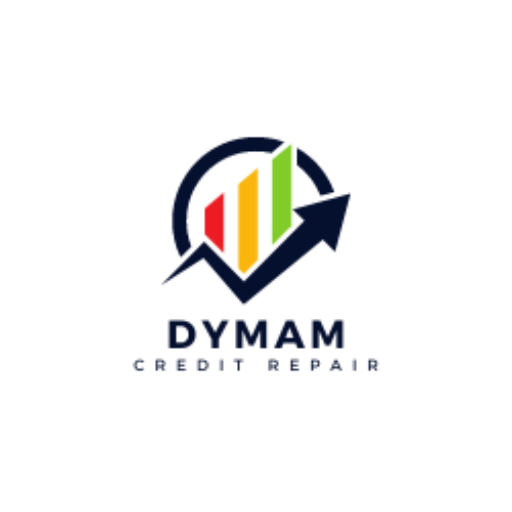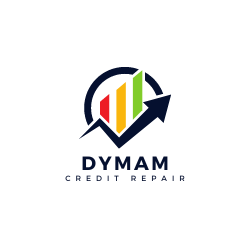
Credit card debt can be overwhelming, but with a strategic approach, you can pay it off and regain financial freedom. Whether you’re dealing with a few hundred dollars or several thousand, the following steps will help you create a plan to eliminate your credit card debt effectively.
1. Assess Your Financial Situation
Before you start paying off your credit cards, it’s essential to understand your overall financial situation.
- List All Debts: Write down all your credit card balances, interest rates, and minimum monthly payments.
- Calculate Total Debt: Sum up your total credit card debt to get a clear picture of what you owe.
- Review Your Budget: Analyze your monthly income and expenses to see how much you can allocate toward paying off your credit cards.
2. Choose a Repayment Strategy
There are several effective strategies for paying off credit card debt. Choose the one that best fits your situation and financial goals.
- Debt Avalanche Method: Pay off cards with the highest interest rates first while making minimum payments on others. This method saves you the most money in interest.
- Debt Snowball Method: Pay off the smallest balances first to gain momentum and motivation. This approach provides quick wins and boosts morale.
- Debt Consolidation: Combine multiple credit card debts into a single loan with a lower interest rate. This simplifies payments and can reduce overall interest costs.
3. Implement Your Repayment Plan
Once you’ve chosen a strategy, it’s time to put your plan into action.
- Create a Payment Schedule: Set a timeline for paying off each card based on your chosen method.
- Automate Payments: Set up automatic payments to ensure you never miss a due date and avoid late fees.
- Prioritize Extra Payments: Whenever you have extra money (e.g., from a bonus or tax refund), put it toward your credit card debt.
4. Reduce Interest Rates
Lowering your interest rates can significantly accelerate your debt repayment process.
- Negotiate with Creditors: Call your credit card companies and ask for a lower interest rate. If you have a good payment history, they may be willing to reduce your rate.
- Transfer Balances: Consider transferring high-interest balances to a credit card with a 0% introductory APR. Be mindful of balance transfer fees and the duration of the introductory period.
5. Adjust Spending Habits
Paying off credit card debt requires a commitment to changing your spending habits.
- Cut Unnecessary Expenses: Identify and eliminate non-essential expenses from your budget.
- Use Cash or Debit: Switch to cash or a debit card for purchases to avoid accumulating new debt.
- Track Spending: Keep track of your spending to stay within your budget and avoid impulse purchases.
6. Monitor Your Progress
Regularly reviewing your progress keeps you motivated and on track.
- Review Monthly Statements: Check your credit card statements each month to ensure payments are being applied correctly and to monitor your balance.
- Celebrate Milestones: Reward yourself when you pay off a card or reach a significant milestone. This keeps you motivated to continue your debt repayment journey.
Conclusion
Paying off credit card debt is a challenging but achievable goal. By assessing your financial situation, choosing a repayment strategy, and making consistent payments, you can eliminate your debt and enjoy greater financial freedom. Remember, the key to success is staying disciplined, making smart financial choices, and monitoring your progress along the way. With dedication and perseverance, you’ll be debt-free before you know it.

